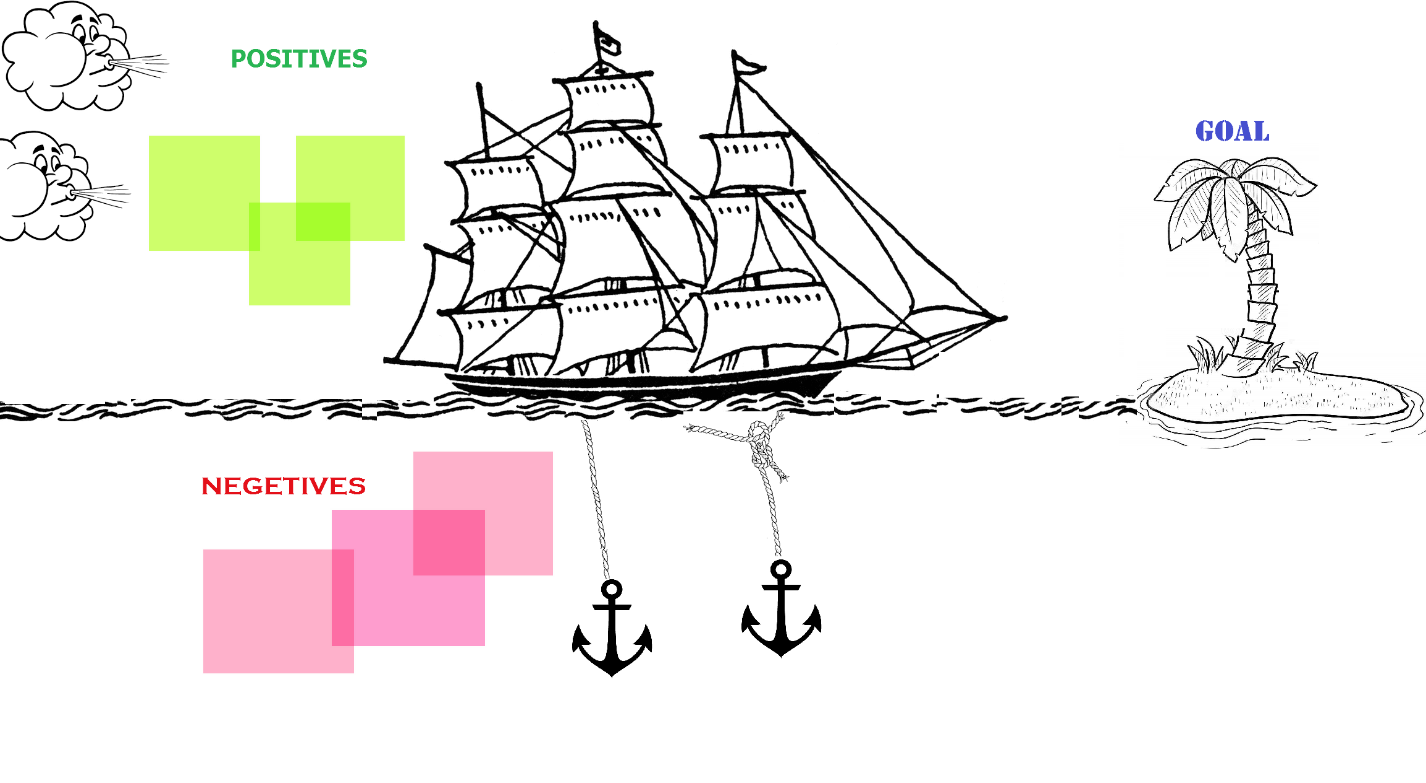3 Ways To Spice Up Your Next Retrospective
Sprint retrospective is an opportunity for agile teams to reflect on their way of working, and to continuously improve in what they do. No matter how productive or successful your team is, there’s always room for improvement. There are always ways to do things better. The Sprint Retrospective is an opportunity for the Scrum Team to inspect itself and create a plan for improvements to be enacted during the next Sprint. The Sprint Retrospective occurs after the Sprint Review and provides a formal opportunity to focus on inspection and adaptation.
Most frequently heard problems with traditional retrospectives:
- Engaging the team to actively participate in retrospections can be challenging -Some people never speak up and retrospectives are dominated by a few members of the team. If stakeholders participate they dominate the retrospectives.
- Lack of creativity in the retrospectives makes the activity very boring.
- Retrospective become monotonous and tedious as they happen after every sprint. Think about the short sprints(like 8 or 15 days sprint).
- Retrospectives do not add value as they are just done for the sake of doing it and no plan is done to remove impediments that are identified.Actions items get accumulated and they are never taken up, they just remain in a document. Many times action items are themselves are very vague.
- No one from team is willing to take ownership of the improvements that are identified.
- Some people use retrospectives as a platform to praise/promote themselves or criticize other teammates.
Let’s look at some fun sprint retrospective ideas that will help you to overcome some of these issues.
SAIL SHIP
This is one of my favorite visualization techniques used in retrospectives. I use this with my team and this works really well for us. This technique was introduced by Luke Hohmann, who presented it as one of the innovation games in his book “Innovation Games”.
The Sail Ship technique is quite simple. Draw a picture on your your board as shown above.
- The Ship represents the sprint team.
- The winds(represented by the gusts of wind pushing the boat forward) are allowing the team or the project to proceed.
- The anchors represents the impediments/hindrances to the the team or project.
- The island represents the goal.
The team members will individually write the positives(winds) and negatives(anchors) in sticky note. This will make sure that everyone has contributed to retrospection and is not dominated by a single person. Later sticky notes are collected and grouped. The team later will come up with action items to remove every anchor that is listed.
There are different variants of the same activity like
- Speed Plane
- Hot-air Balloon
- Speed Car


